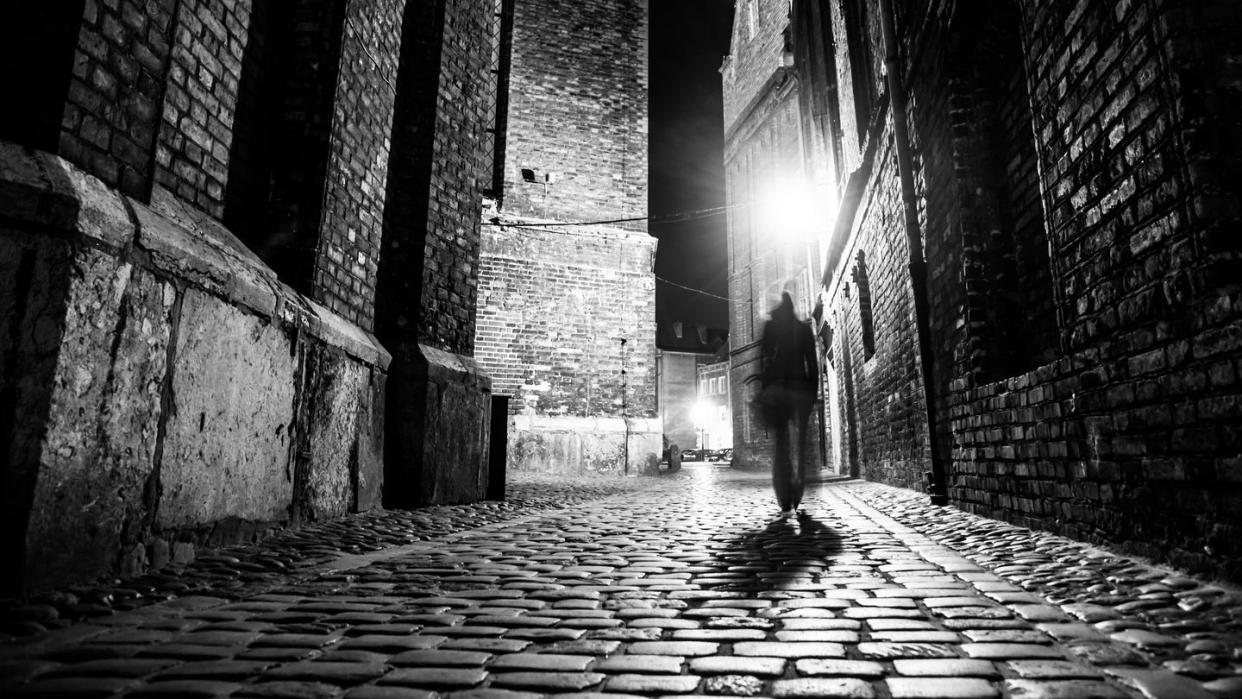The Murder Maps of Medieval England Reveal an Extraordinary, Gruesome Past

A University of Cambridge research team has mapped murders that took place around the 14th century to create interactive murder maps of three English cities.
Using preserved coroner and inquest records, each death was marked on the map, and each location contains information about the event.
The project is meant to provide a window into the past—however violent it was.
The night of Feb. 4, 1297 was a particularly violent one in Oxford, England. A trio of men, Michael, John, and Madoc, hit the city streets and used swords, bows, and arrows to attack and kill people who simply walked by.
That’s just one of roughly 400 stories from around 700 years ago that detail the history of violent murders in London, York, and Oxford. Now, these stories are all part of an interactive Medieval Murder Maps project from the University of Cambridge’s Institute of Criminology.
“The interactive Medieval Murder Maps give unique insight into violence and justice in late medieval London, York, and Oxford,” the creators of the maps wrote on the maps’ website. “Discover the murders, sudden deaths, sanctuary churches, and prisons of three thriving medieval cities.”
Constructed from information found in original records of the inquests—held by a coroner in the presence of an investigative jury—each interactive pin on a map allows visitors to read a modernized version of a gruesome event that took place on the spot.
The Cambridge team originally launched a London version of the map in 2018, but the most recent update now includes three main cities. “It brings [the records] to life because you can actually locate them in places that you know about,” Manuel Eisner, Cambridge professor and lead murder map investigator, told The Guardian. The maps largely focus on the 14th century.
Each map displays the individuality of the city it documents. The London map—which shows a city home to a population between 80,000 and 100,000, most of whom lived within the city walls—includes 142 murder incidents that occurred between 1300 and 1340. The reports often tell a story of what triggered the event, the weapons used, and even details about the wounds, as well as the basics of where the homicide occurred and who was involved.
Unique to the London map is the addition of sanctuary churches, accidents, sudden deaths, and deaths in prisons.
The York map documents 130 homicide cases from the years 1345-1385. England’s second most populated and second-richest city at the time, York was a key commercial and industrial center. The Cambridge team wrote on the project’s website that the city flourished thanks to immigration, international trade, and the booming domestic textile industry. While they claim that the York coroner’s’ rolls tend to offer more formulaic accounts of the murders, they were still able to populate the map with information.
Oxford, though—that’s where things got a little wild. Known as a center of learning with only 7,000 residents—1,500 of whom were likely students—the city’s young men were often in conflict.
“Violent tensions also often escalated between Town and Gown,” the Cambridge team wrote on the project’s site, “as clerics, students were legally protected from prosecution under common law and could claim the so-called benefit of clergy.”
The map covers the years between 1296 and 1324, and an additional span of years from 1342-1348—directly before the Bubonic Plague. The earliest records contain the most detail, and really show that conflicts arose between both students and town dwellers, and students from the north and south. “They really, really hated each other,” Eisner told The Guardian.
“Oxford is sort of this cauldron of violence,” Stephanie Brown, a Cambridge researcher, told The Guardian of the city’s past, referencing a historical murder rate four times higher than either London or York. She said that the single, young men were the type of people more likely to commit violence, as they were experiencing newfound freedoms while drinking aplenty, engaging in sexual freedom, and carrying knives as everyday items.
“Yes, these are horrible murder cases,” Brown said, “but we can get lots of information about the medieval world, about people’s daily lives, about their occupations, about what they were doing when they met their end.”
The map also contains the final account of each crime. It turns out Michael, John, and Madoc—a college worker, clerk, and clergyman, respectively—all fled and took their stuff with them, escaping justice and leaving violence in their wake.
You Might Also Like
